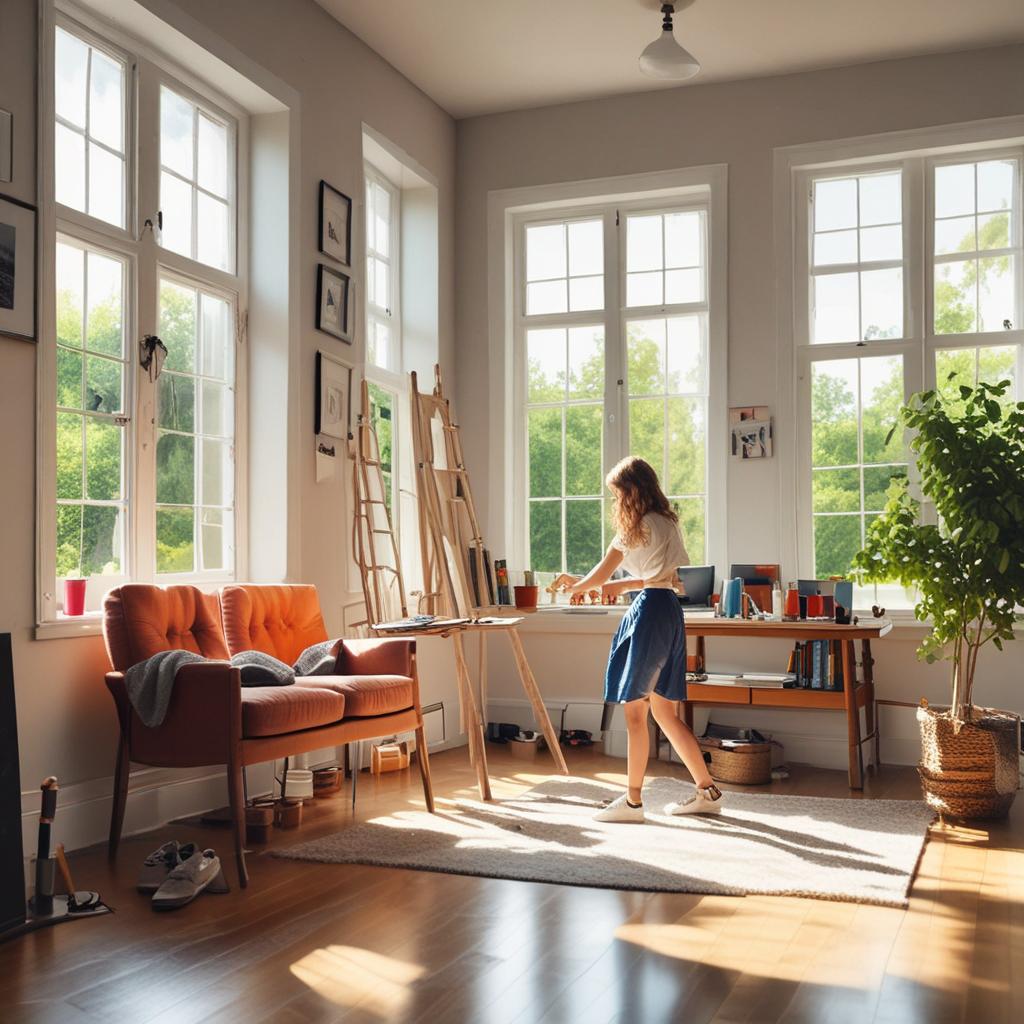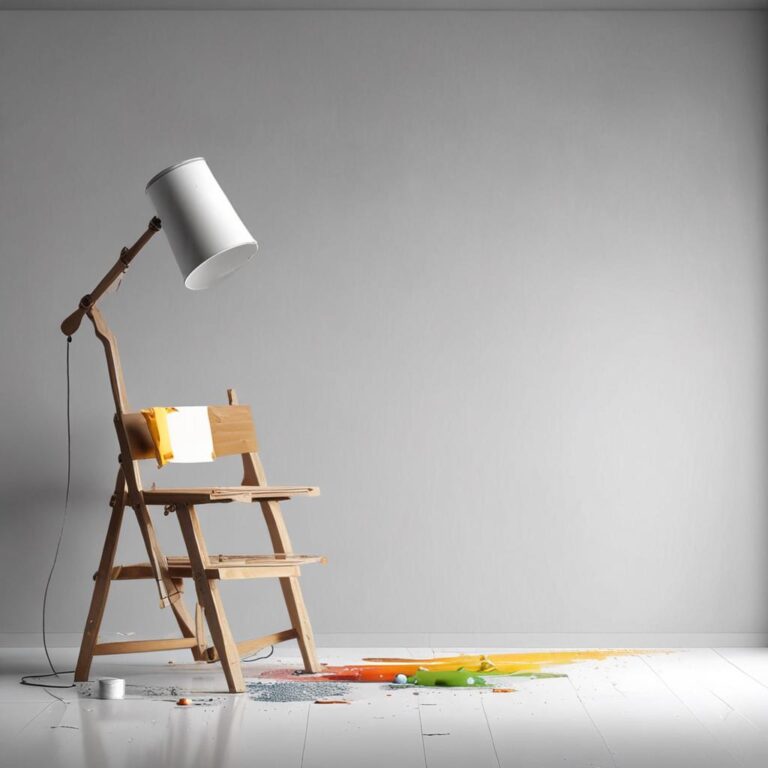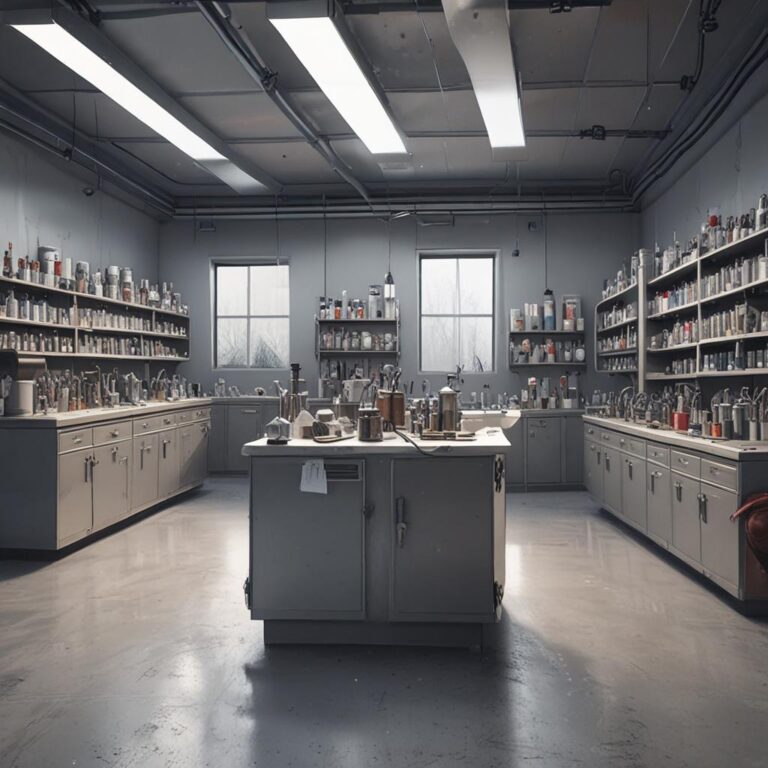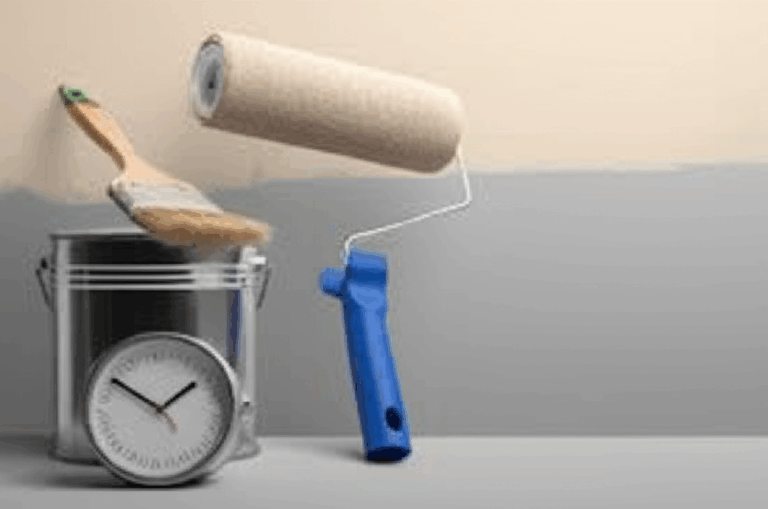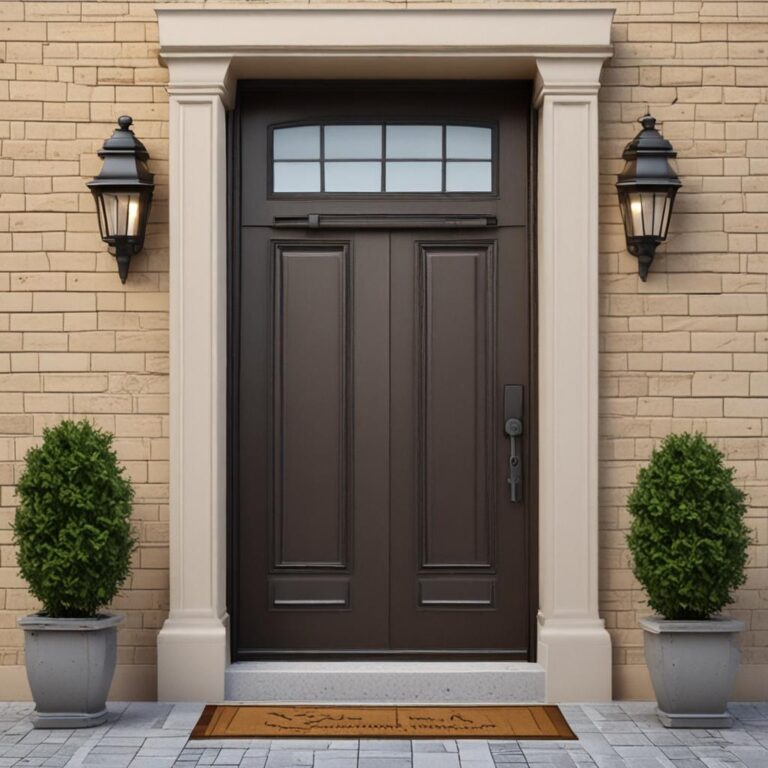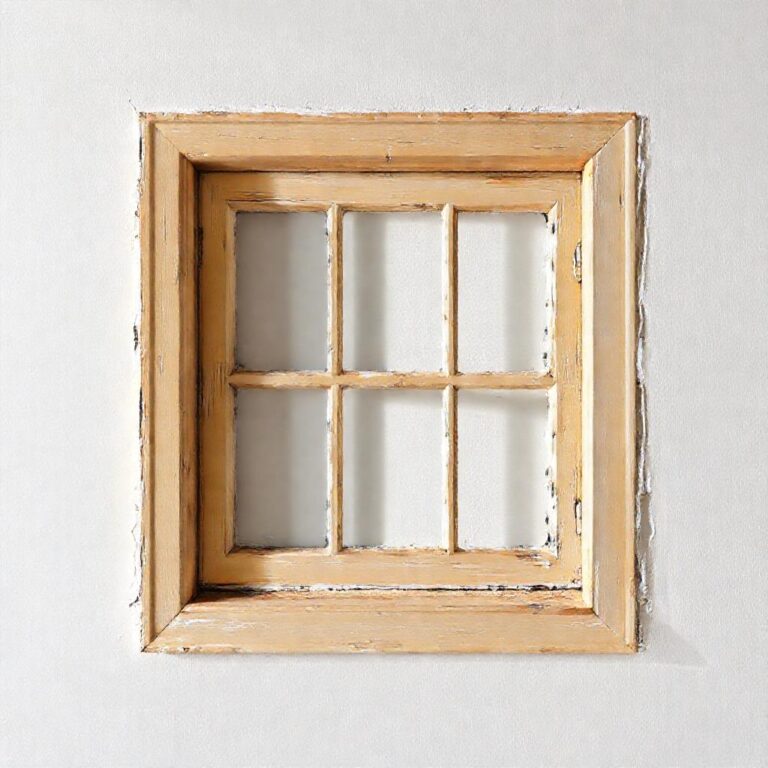How Much Does It Cost to Paint a House
Painting your home is a transformative project that can boost curb appeal, protect surfaces, and enhance your living space. However, one of the most common questions homeowners ask is, “How much does it cost to paint a house?” The answer isn’t simple, as it depends on several factors, from the size of your home to the type of paint and labor involved. Whether you’re planning a small room refresh or a full exterior overhaul, understanding the costs ahead of time can help you avoid surprises and make informed decisions. This guide breaks down the key variables, average price ranges, and tips for saving money, so you can budget effectively for your painting project.
Step-by-Step Process
Assess House Size
Measure square footage to estimate paint coverage.
Choose Paint Type
Select interior/exterior, finish, and quality.
Get Professional Quotes
Compare bids from licensed painters.
Calculate Labor Costs
Factor in prep, priming, and application time.
Add Extras & Taxes
Include trim, siding, and local tax fees.
Process infographic for How Much Does It Cost to Paint a House
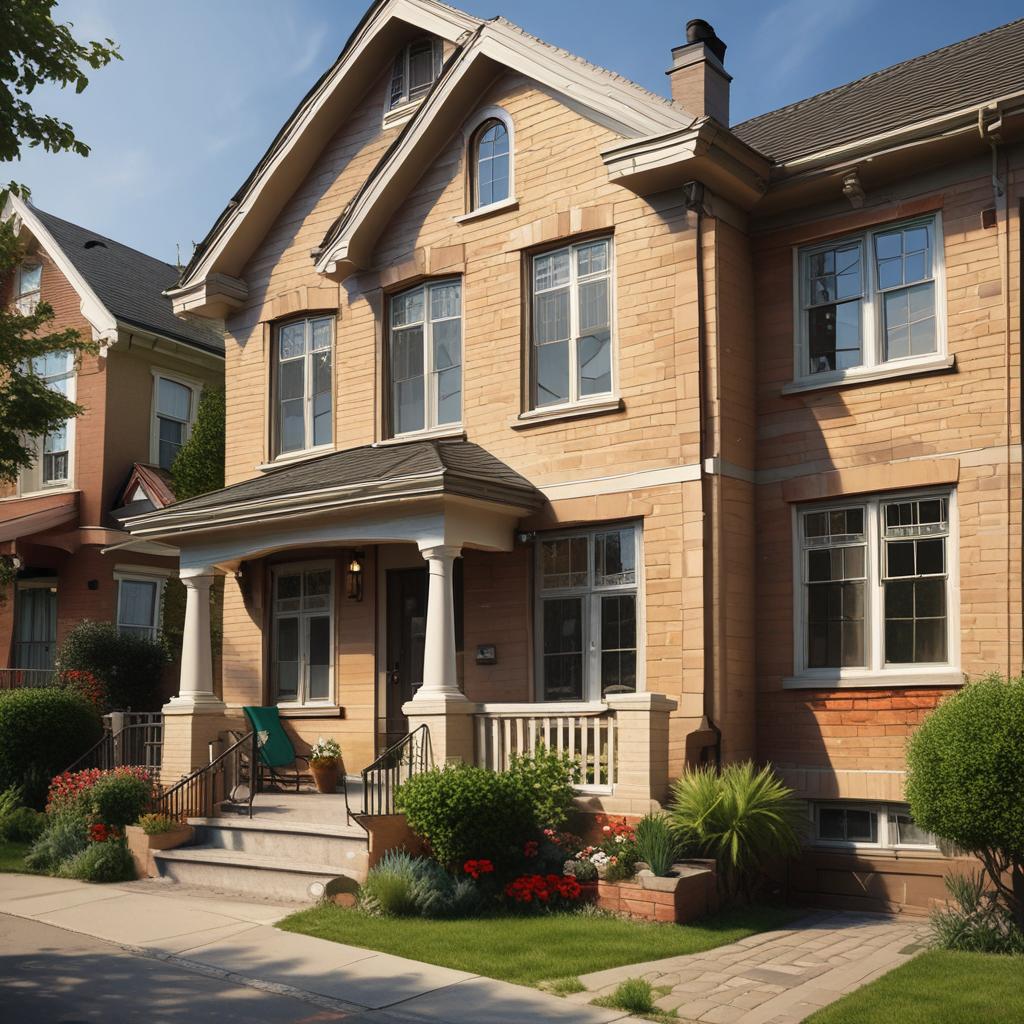
Factors That Influence the Cost of Painting a House
Size of the House
The square footage and number of rooms directly impact the price of painting. A small apartment (500–1,000 sq ft) might cost $1,000–$3,000 for interior work, while a medium-sized home (1,500–2,500 sq ft) could range from $3,000–$7,000. Larger homes (3,000+ sq ft) often exceed $8,000. For exteriors, a 1,500–2,000 sq ft house typically costs $3,000–$7,000, with larger homes requiring proportionally more time and materials.
Type of Paint and Quality
Paint quality varies significantly in price and performance. Budget paints (around $20–$35 per gallon) are affordable but may require multiple coats and fade faster. Mid-range options ($35–$60 per gallon) offer better coverage and longevity, while premium paints ($60+ per gallon) provide superior durability, stain resistance, and a flawless finish. Higher-quality paints are ideal for high-traffic areas or regions with harsh weather, as they reduce the need for frequent repainting.
Labor Costs
Labor is a major expense, with rates influenced by location, contractor experience, and job complexity. In urban areas, painters often charge $30–$50 per hour, while rural regions may be slightly lower. Complex jobs, such as homes with intricate moldings or multiple stories, require more skilled labor and time, driving costs up. On average, labor accounts for 50–70% of a professional painting project’s total price.
Surface Preparation
Proper surface prep is essential for a lasting finish. This includes cleaning walls, repairing cracks or holes, sanding, and applying primer. For interiors, prep work might cost $0.50–$1.50 per sq ft, while exteriors require additional steps like power washing and wood repairs, adding $1.50–$3 per sq ft. Skipping prep can lead to costly issues later, such as peeling paint or uneven coverage.
Additional Features
Extra elements like trim, ceilings, and doors contribute to the final cost. Most contractors charge 20–30% more for ceiling painting due to the need for specialized equipment. Custom features, such as textured walls, accent murals, or high-gloss trim, also increase the price. For example, a decorative feature like a popcorn ceiling texture might add $1.00–$2.00 per sq ft to the total bill.
Average Cost to Paint a House
Interior Painting Costs
Interior painting typically costs $1.50–$3.50 per sq ft, depending on prep needs and paint type. A three-bedroom apartment might range from $2,000–$4,500, while a single-family home with 3,000 sq ft could cost $6,000–$12,000. Simple rooms with minimal prep are on the lower end, while spaces with unique architectural details or multiple coats required fall toward the higher range.
Exterior Painting Costs
Exterior painting is pricier due to the scale and materials. Expect $2.50–$6 per sq ft for exteriors, including prep and paint. A 2,000 sq ft home might cost $5,000–$10,000, with wood or stucco surfaces increasing the price compared to brick. Seasonal demand also affects pricing—painters charge more during summer or winter due to weather constraints, as the work must be done in ideal conditions.
DIY vs. Hiring a Professional
Cost of DIY Painting
DIY painting can save money on labor but requires upfront costs for tools and materials. Paint and supplies for a small home might total $500–$1,500, while tools like ladders, drop cloths, and sprayers add another $200–$500. However, mistakes like uneven coats or improperly prepped surfaces can lead to higher long-term expenses. Time investment is another factor—painting a house could take days or weeks, depending on your schedule.
Benefits of Hiring a Professional
Professionals bring expertise, speed, and high-quality results. They handle prep, choose the right paint for your surfaces, and use equipment you likely don’t own. Their work can last 7–10 years for interiors and 15–20 years for exteriors, compared to DIY results that may need touch-ups sooner. Many also offer warranties, ensuring any defects are fixed at no extra cost. While more expensive upfront, their efficiency and skill often justify the investment.
Tips for Saving Money on House Painting
Decluttering before the project starts helps avoid removal fees and speeds up the process. Opting for mid-range paint instead of premium can cut costs without sacrificing too much quality. Bundling interior and exterior painting services often leads to discounts. Always request multiple quotes from contractors and compare what’s included—some may undercut prices but skimp on prep or materials. Negotiating is also possible, especially if you’re flexible on timing or agree to pay in advance.
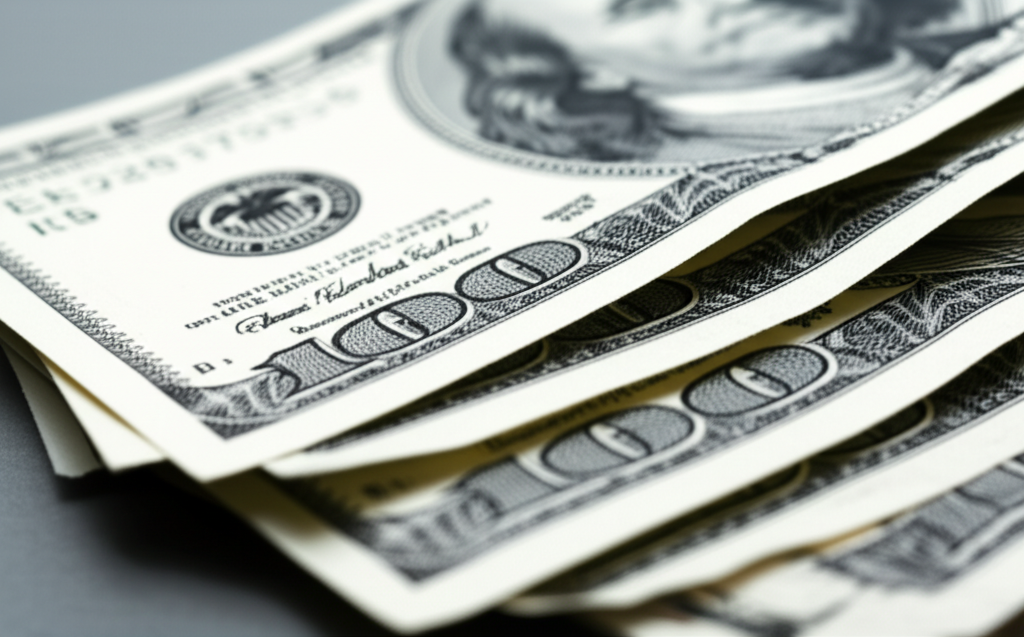
Conclusion
Painting a house is a nuanced project with costs that vary based on size, materials, labor, and additional features. By understanding these factors and planning ahead, you can create a realistic budget and avoid unexpected expenses. Whether you choose to DIY or hire a pro, weighing the pros and cons of each approach ensures you get the best value for your investment. Remember, investing time in research and preparation can save money and deliver a finish you’ll love for years to come.
FAQ Section
What is the average cost to paint a 2,000-square-foot house?
For interior work, expect to pay $3,000–$7,000, while exterior painting typically ranges from $4,000–$8,000. These estimates include labor and mid-range paint, with prices fluctuating based on prep needs, surface types, and regional rates.
How long does it take to paint a house?
DIY projects for a 2,000 sq ft home might take 5–10 days, depending on experience and room count. Professionals can complete the same job in 3–5 days for interiors and 1–2 weeks for exteriors, especially with prep work and weather considerations.
Does exterior painting cost more than interior painting?
Yes, exterior painting is generally more expensive due to larger surface areas, weather-resistant materials, and extensive prep. Contractors must power-wash surfaces, repair siding, and work around landscaping, all of which increase labor and time.
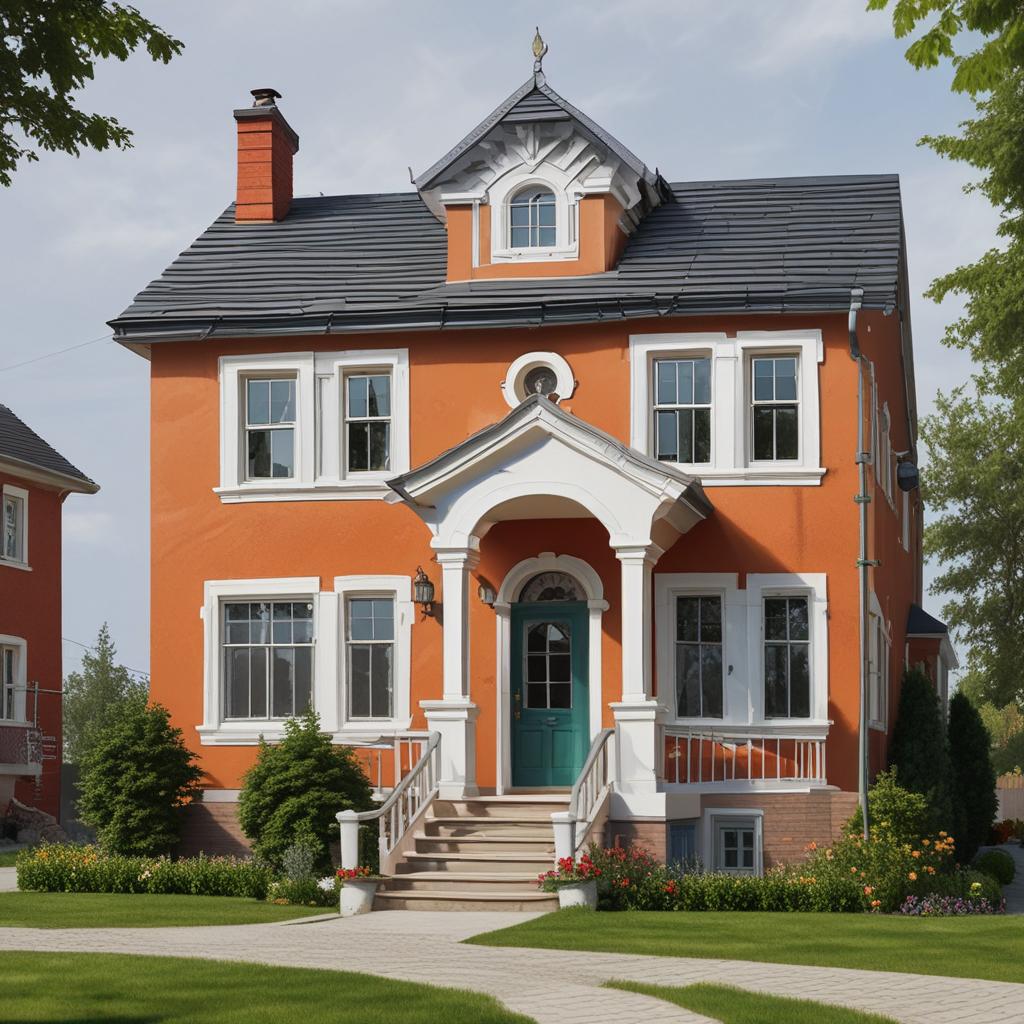
Can I negotiate the cost with a painting contractor?
Absolutely. Ask for itemized quotes, and compare services. Offer to bundle interior and exterior work, or request discounts for off-peak seasons. Always clarify what’s included, like prep and touch-ups, to ensure fair pricing.
Is it worth it to invest in premium paint?
Premium paint costs 30–50% more than budget options but offers better coverage, durability, and resistance to mold and stains. For high-moisture areas like bathrooms or long-term savings, it’s a smart choice. Exteriors especially benefit from premium paint, which can last 15+ years and withstand harsh weather.

